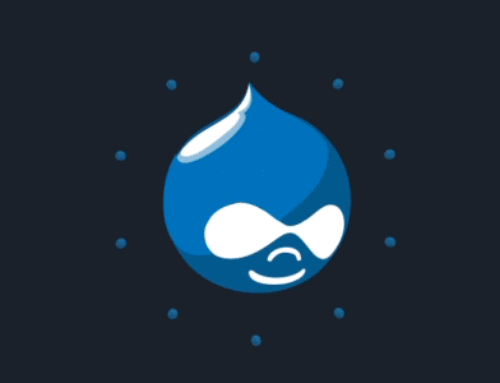1. Optimize Your Images
For people who are unaccustomed to the ways of front end optimization, images can be a website-killer. Massive photo albums and large high-resolution images on your site can jam the rendering process. High-definition images that are not optimized can weigh several megabytes. Therefore, properly optimizing these will allow you to improve your site’s front end performance. Each image file contains a trove of information that isn’t related to the actual photograph or picture. For JPEG photographs, the file contains dates, locations, camera specifications, and other irrelevant information. You can streamline an image’s lengthy loading process by deleting this extra image data with optimization tools such as Optimus. Optimus uses smart compression in that it uses losslessly optimizes PNG images.
On the other hand, Optimus uses slight lossy compression for JPEG images. Although lossy compression actually removes additional data from the image, the Optimus lossy compression settings are defined at a level where the user will see no visible quality loss. This allows users to save big on file sizes while maintaining high-quality images.
2. Compress Your Files
While many CDN services will compress your files for you, if you don’t use a CDN consider using a file compression method on your origin server to improve your front end optimization. File compression will make your site’s content light and easy to manage. One of the most commonly used file compression methods is Gzip. This is an excellent method for shrinking documents, audio files, PNG images, and other bulky files that have not already been compressed. Brotli is another file compression algorithm that is still fairly new, however growing in popularity. This open source algorithm is regularly updated by software engineers from Google and other organizations. It has proven itself to compress files at a much better ratio than other existing methods. Although support for this algorithm is still minimal it is well positioned to be the next default file compression algorithm.
3. Increase Speed With a CDN and Caching
You can significantly improve the speed and performance of your website by using a content delivery network. When you use a CDN, you link your website’s static content to an extended network of servers across the globe. This is especially important if your website caters to a global audience. The CDN allows your site’s visitors to load data from their nearest server. If you use a CDN, your site’s files will automatically be compressed for rapid delivery across the globe.
A CDN is one method of caching that can greatly help improve the delivery times of your assets, however, there are other caching techniques that you can implement as well – one of which is to leverage browser caching. Properly setting up browser caching allows your browser to store certain files within its own cache to be delivered faster. Configuring this method can be done directly within your origin server’s configuration file.
4. Reduce External HTTP Requests
In many cases, a large portion of a website’s load time comes from external HTTP requests. The speed at which an external resource loads can vary depending on the hosting provider’s server infrastructure, location, etc. Your first goal when reducing external HTTP requests should be to examine your website with a minimalist outlook. Study each component of your webpages, and eliminate any features that do not improve the experience of your visitors. These features may be: Unnecessary images Unnecessary JavaScript Excessive CSS Unnecessary plugins After you have eliminated the clutter, find ways to trim the weight of your remaining content. Compression tools, CDN services, and prefetching, as explained below are your best options for managing HTTP requests. Additionally, check out our guide on how to reduce DNS lookups which goes hand-in-hand with reducing external HTTP requests.
5. Minify CSS, JS and HTML
Minification techniques can help you eliminate unnecessary characters within a file. When you are writing code in an editor, you likely use indentations and notes. These methods certainly keep your code clean and readable, but they also add extra bytes to your document. You can easily trim the bytes in your CSS, JS, and HTML files by using a minification tool.








Leave A Comment